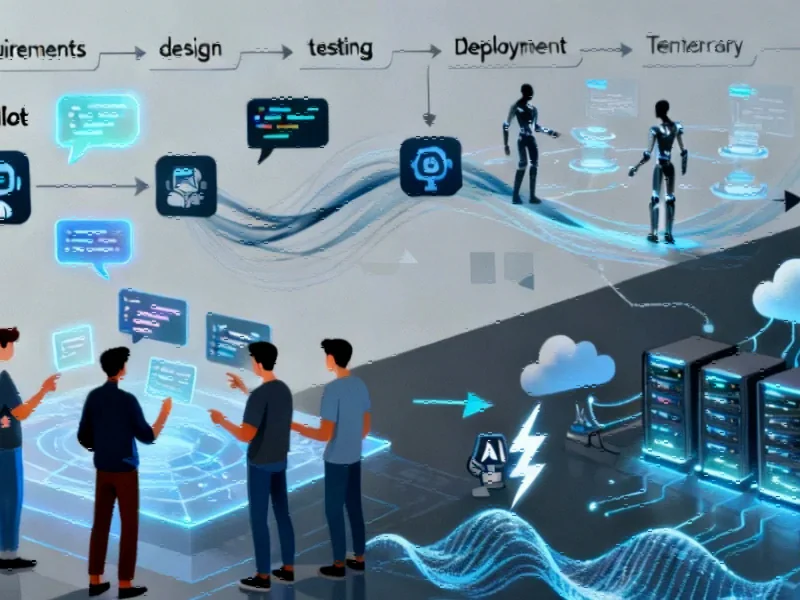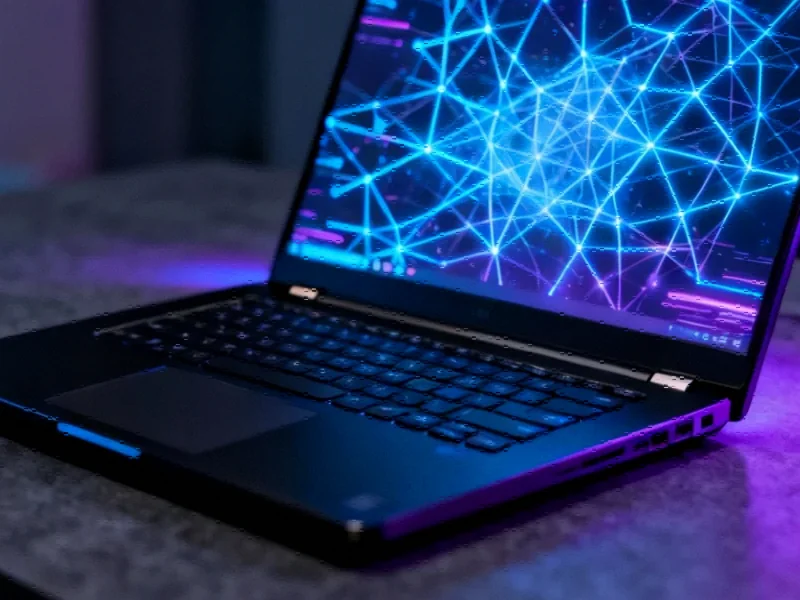New Protection Against Synthetic Media
YouTube has begun broad deployment of an artificial intelligence detection system designed to identify and manage content that replicates creators’ faces or voices without authorization, according to company reports. The new feature positions YouTube among the first major platforms to integrate large-scale identity-protection capabilities directly into its content moderation framework, sources indicate.
Table of Contents
How the Detection System Operates
The likeness-detection technology functions through sophisticated facial and voice recognition algorithms trained to identify synthetic media across YouTube’s extensive upload ecosystem, the report states. Once activated, the system continuously scans new videos against reference data provided by participating creators, operating similarly to YouTube’s established Content ID system for copyrighted material.
Analysts suggest this approach represents a significant advancement in addressing the growing challenge of AI-generated impersonation, particularly as generative AI tools become more accessible and capable of producing photorealistic video and audio content.
Verification and Implementation Process
Creators opting into the protection system must complete a multi-step verification process that includes consent to data processing, scanning a QR code, uploading government-issued identification, and recording a brief selfie video to train the matching model, according to YouTube’s documentation. The company states that its systems validate this information on Google’s servers before enabling full access within YouTube Studio, with the verification typically requiring several days to complete.
Creator Control and Response Options
After onboarding, participants gain access to a dashboard displaying videos that potentially match their likeness, complete with video titles, upload channels, view counts, subscriber information, and YouTube’s confidence assessment regarding whether the content is AI-generated. When matches are identified, creators can select from three response options: filing a privacy-based removal request under YouTube’s policies, submitting a copyright claim if their content or voice is used without permission, or archiving the video for documentation purposes., according to expert analysis
Current Limitations and Future Expansion
YouTube has cautioned that early detection results may not always distinguish between legitimate clips from a creator’s channel and synthetic versions, with the company acknowledging that the algorithm continues to refine its accuracy. According to YouTube policy communications manager Jack Malon, the initial release targets users who will “benefit most immediately” from the tool while the company improves practical performance ahead of planned global access expansion by January 2026.
The current rollout represents the first full phase of a system that began testing late last year in collaboration with the Creative Artists Agency, initially involving approximately 5,000 creators, including prominent personalities whose images are frequently targeted for impersonation attempts.
Industry Context and Significance
This initiative marks one of YouTube’s most substantial responses to the escalating challenges posed by deepfake media and increasingly accessible AI video generation technology. The platform’s approach to digital identity protection comes as deepfake technology becomes more sophisticated and widespread, creating new vulnerabilities for content creators and public figures alike. Industry observers suggest that YouTube’s system could establish important precedents for how major platforms address the ethical and practical implications of generative artificial intelligence in media creation and distribution.
Related Articles You May Find Interesting
- OpenAI Explores E-Commerce Integration as ChatGPT Shopping Capabilities Evolve
- Oslo’s Riff Secures €14 Million Series A to Expand Enterprise Vibe Coding Platfo
- Tesla’s Q3 Performance Reveals Strategic Pivot Beyond Traditional Automotive Met
- How to Build an MCP Server and Client With Spring AI MCP
- How Battery Recycling Meets AI’s Power Demand: Inside Redwood’s $6B Energy Pivot
References
- http://en.wikipedia.org/wiki/Deepfake
- http://en.wikipedia.org/wiki/Artificial_intelligence
- http://en.wikipedia.org/wiki/YouTube
- http://en.wikipedia.org/wiki/Accessibility
- http://en.wikipedia.org/wiki/Generative_artificial_intelligence
This article aggregates information from publicly available sources. All trademarks and copyrights belong to their respective owners.
Note: Featured image is for illustrative purposes only and does not represent any specific product, service, or entity mentioned in this article.



